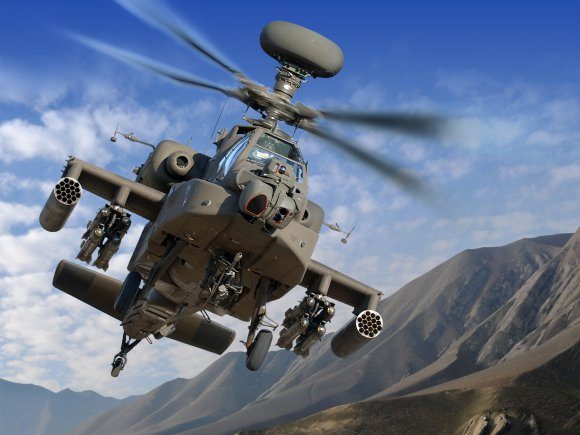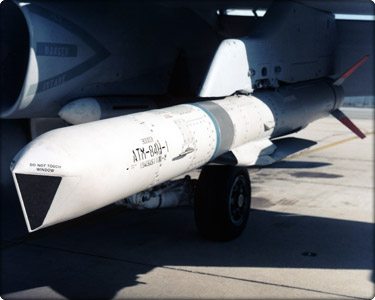The Army is incorporating a new sensor capability into its Apache helicopters.
The Apache Sensors Product Office has accepted delivery of the new Modernized Day Sensor Assembly Laser Rangefinder Designator, or LRFD, the first component to be fielded in the Modernized Day Sensor Assembly.
The laser represents increased capability to the Modernized Target Acquisition Designation Sight/Pilot Night Vision Sensor, known as the “eyes of the Apache.”
“This laser kit, what we call M-DSA phase one, is an investment by the Army and the Program Executive Office for Aviation, and we’re looking forward to the reliability and maintainability improvements that this laser will bring to the MTADS system,” Lt. Col. Steven Van Riper, product manager for Apache Sensors, said during a media teleconference June 6. “The maintainers will have less of a burden when it comes to keeping the system up and fully operational, while our aircrews will be able to reap the benefits of the performance improvements.”
Van Riper added that the focus with M-DSA is the Apache Sensors Product Office’s obsolescence mitigation program, which started about three years ago.
The modernized LRFD is the first phase of upgrades for the M-DSA program. The modernized LRFD mitigates obsolescence and provides enhanced performance to the MTADS/PNVS system.
The legacy laser, built with 1970s/1980s technology, was developed with a tactical wavelength in the system, and involves a high maintenance cost for the Army. The new laser incorporates a second EyeSafe wavelength, the newest technology available. It replaces the old flash lamp technology to a more reliable, more robust diode pump laser technology.
The diode pump is the primary driver of increasing the Army’s reliability and maintainability numbers, thereby reducing the burden on flight line maintainers. The Army expects to have a smaller footprint, thereby reducing operations and sustainment costs by as much as 50 percent throughout the life cycle of the entire kit. This means that the Army will need to buy fewer spare parts, due to the new system’s reliability.
Phase one will be fielded later this year and will be fully capable by 2016, according to Matt Hoffman, director of MTADS/PNVS programs at Lockheed Martin Missiles and Fire Control.
“The MDSA is the chief targeting aide for the Apache and establishes range-to-target for accurate weapons engagement,” Hoffman said.
Completion of the second phase, scheduled to begin in 2016, will include all the remaining elements in the DSA such as a high definition color television, laser pointer marker, upgraded laser spot tracker, and a state-of-the-art inertia measuring unit for stability and extended range in the system.
“We are meeting all of our milestones in terms of production ramp rate, moving towards maintaining our production rate of over 20 lasers per month,” Van Riper said. “We’re stepping up to that incrementally using a very deliberate production engineering process.”
The M-DSA will have the same fit and form as the legacy laser to ensure that the Army has a retrofittable laser into all its legacy systems.
The Army’s goal is to retrofit the M-DSA and equip the AH-64E Apache units first.
“We’re going to move through the fleet as quickly as we can based on our battalion fielding plan,” Van Riper said. Fielding will be based on rotational and deployment schedules of those units.
“When we’re able to have a full kit of MLRFDs to cover all aircraft assigned to a battalion, we will take a fielding team to the location and execute the fielding as quickly as possible without disrupting that unit’s operational tempo and training plan,” Van Riper explained.
The first unit to be equipped is scheduled for June 2014.











